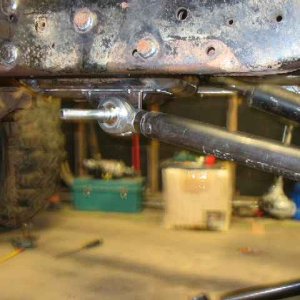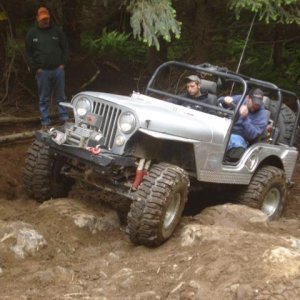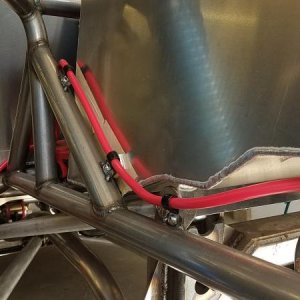longfield
Well-Known Member
Some people think that keeping wider vehicles or vehicles with 37" + tires off the trail system will be a good thing. But almost all the bypasses are started by quads, utvs, or under prepared vehicles looking for an easy way around a "hard" section of trail. So if restrictions are made to keep certain vehicles out, there will still be problems and the people with the vehicles that are not allowed will not be there to help keep those trails open and maintained.
The only illegal trail (222) at Evans was built by narrow Jeeps (under 80" wide) on 33"-36" tires.
The only rollover fatality on a trail at Evans was a similar vehicle.
The only vehicle abandoned on a trail for years and was removed in pieces out of a gulley also fit the "legal" description- mostly stock Jeep Cherokee.
But the group of people that Bob Pacific (guy in charge of Evans Creek)listens too are ignoring all these facts and blaming all the problems on "big tire vehicles on full width axles"
:corn:
Thanks Cory i agree very well put.









